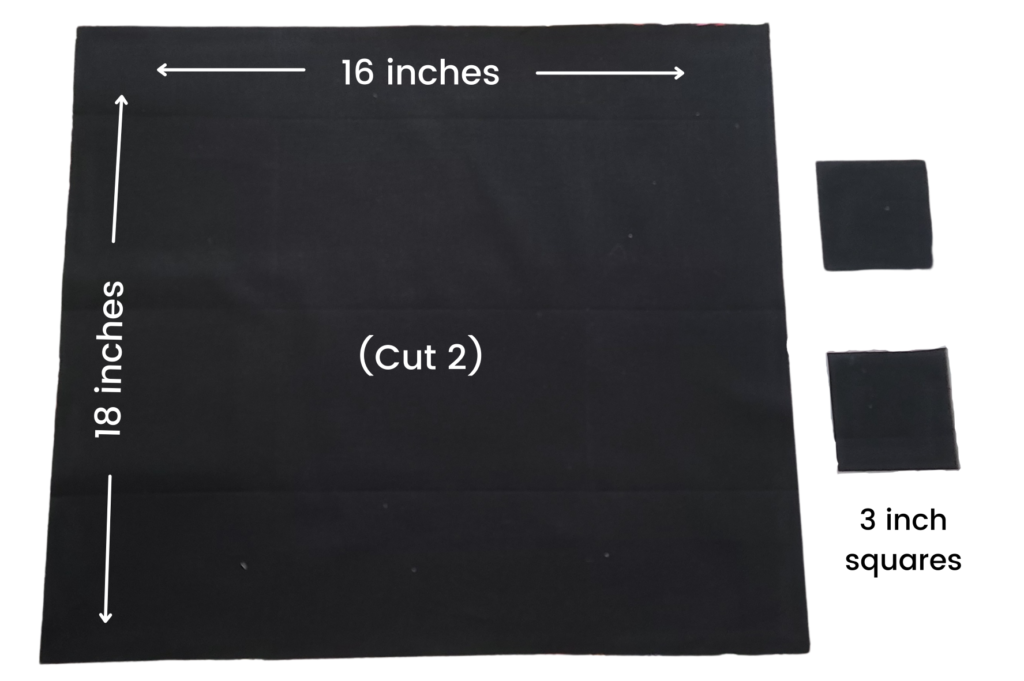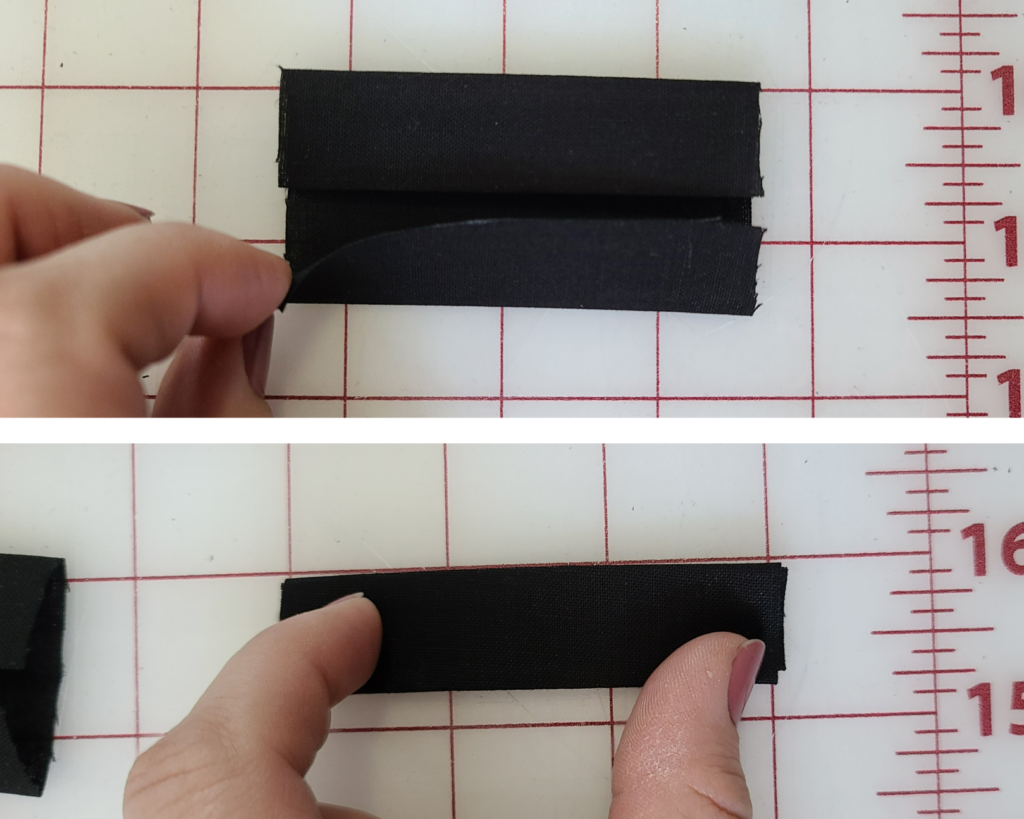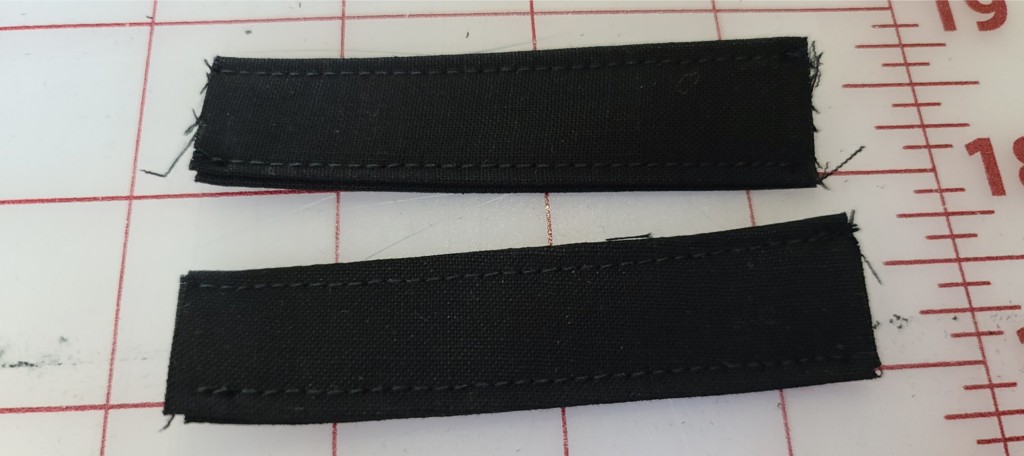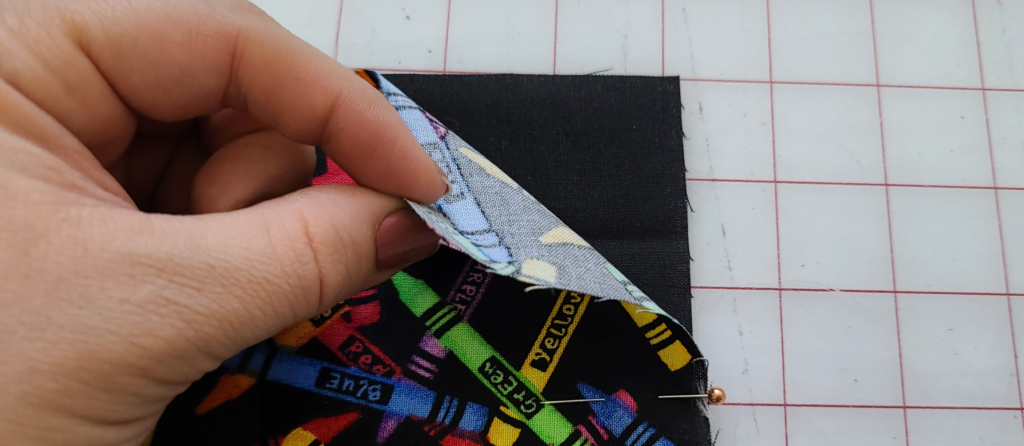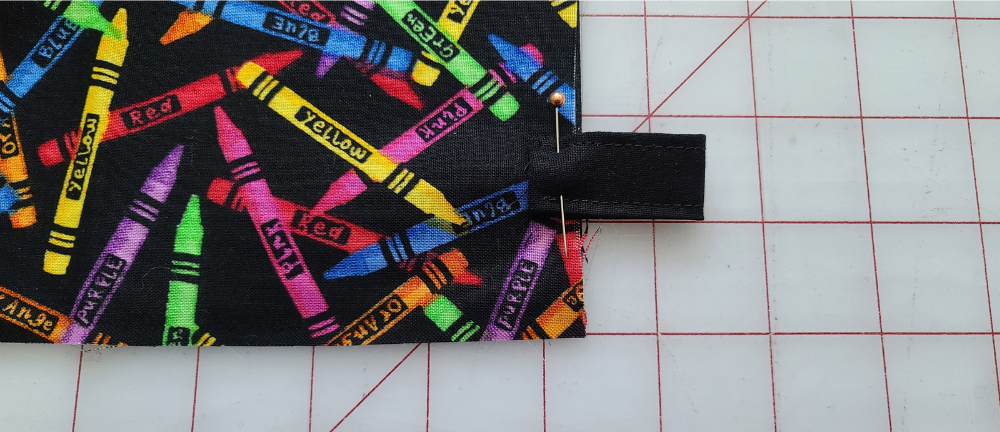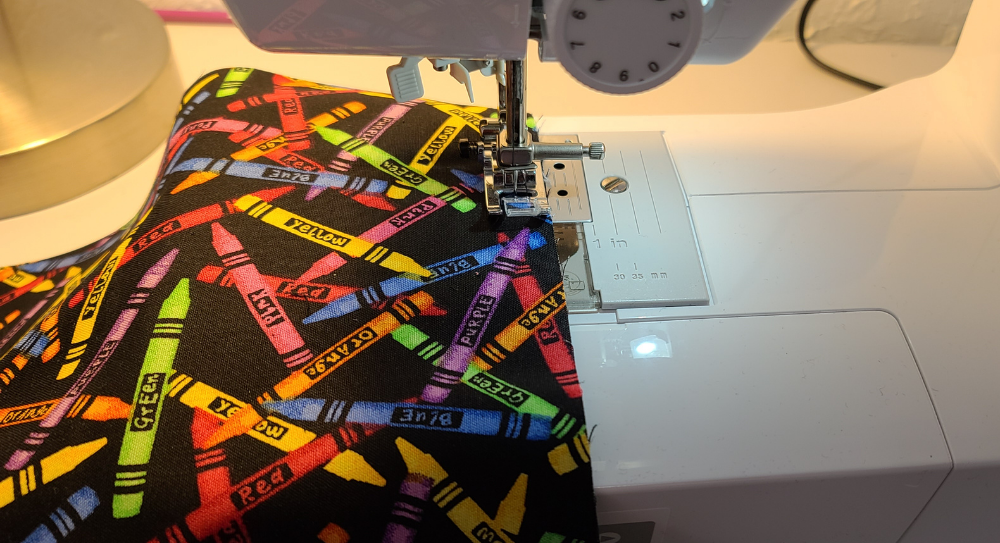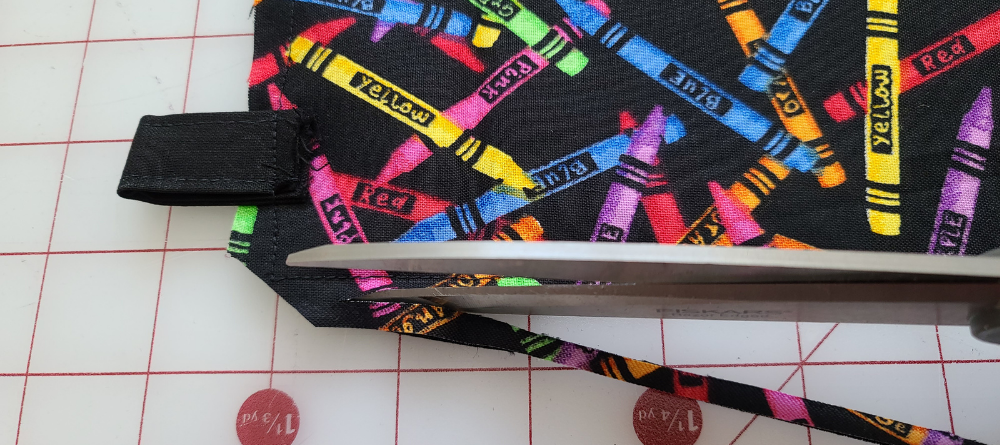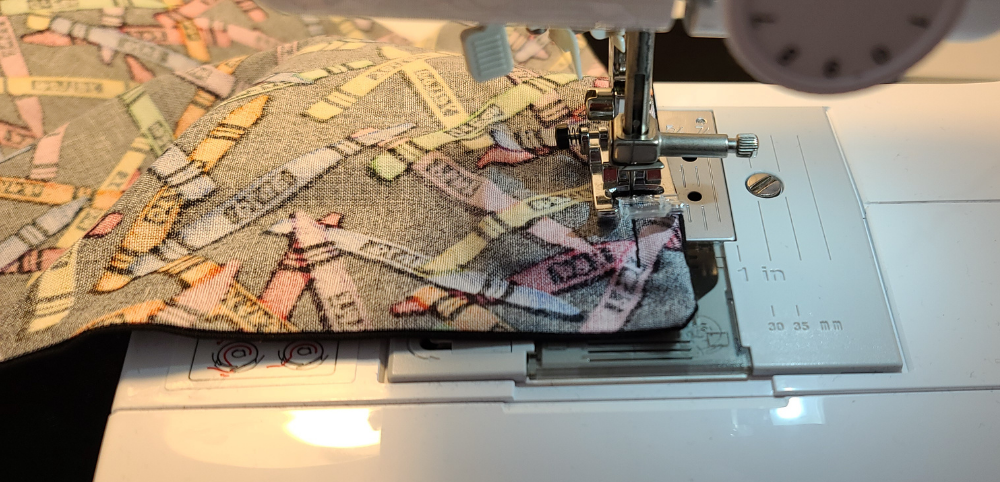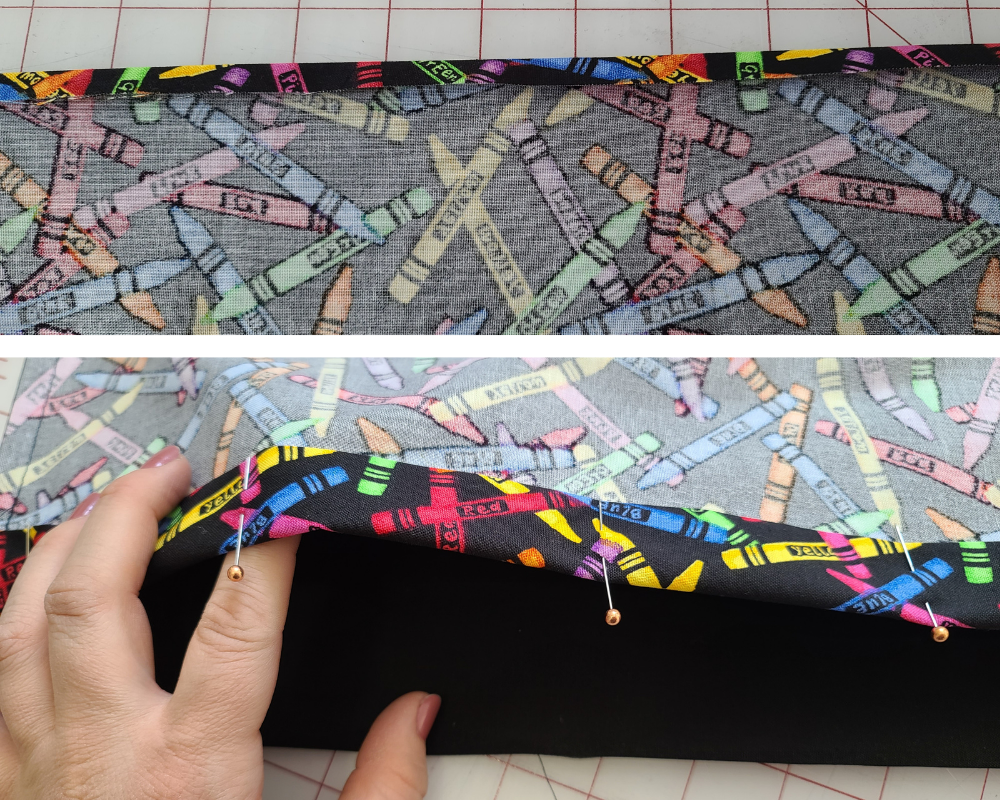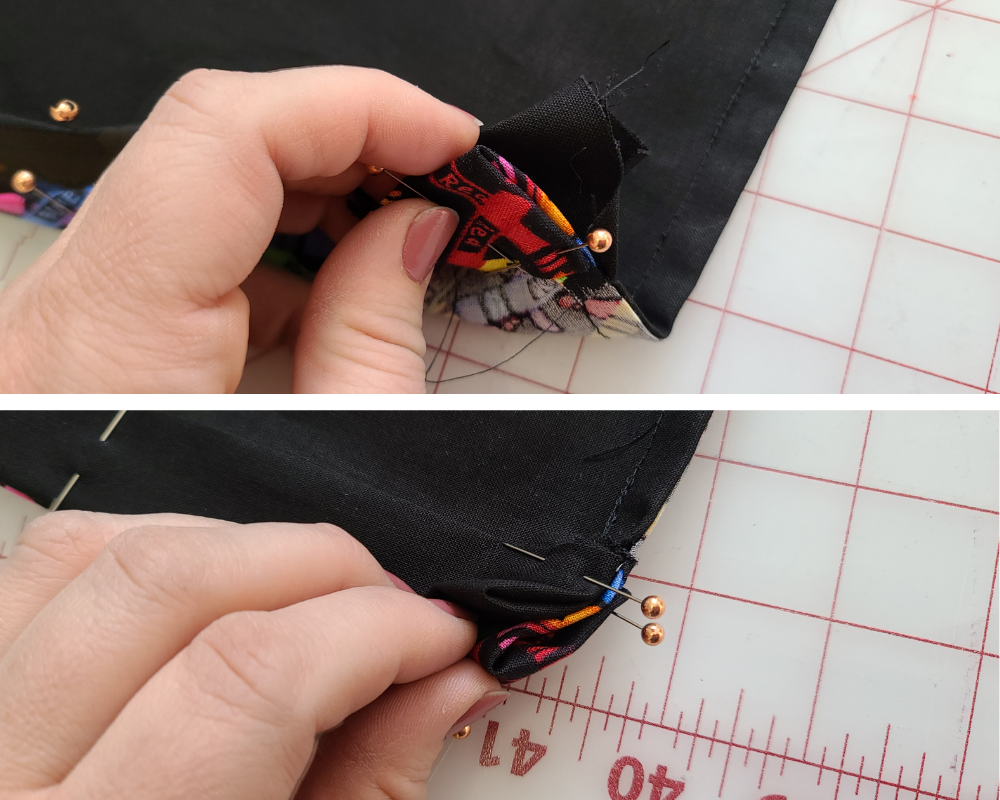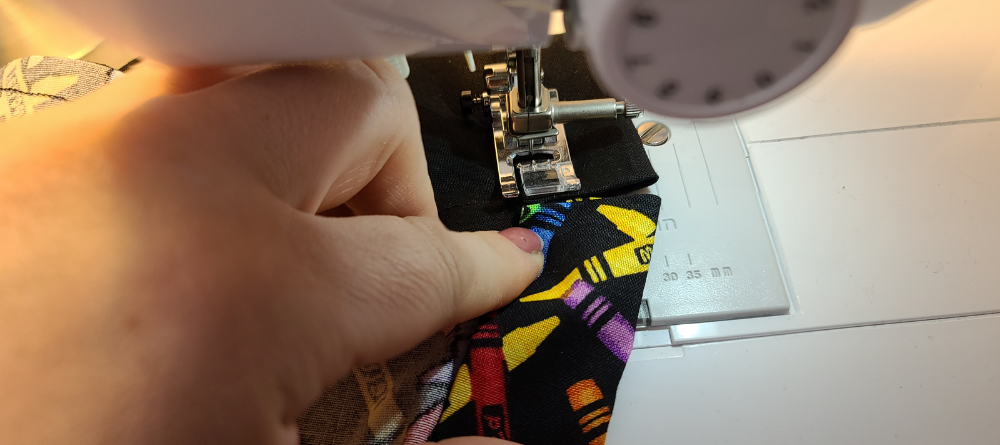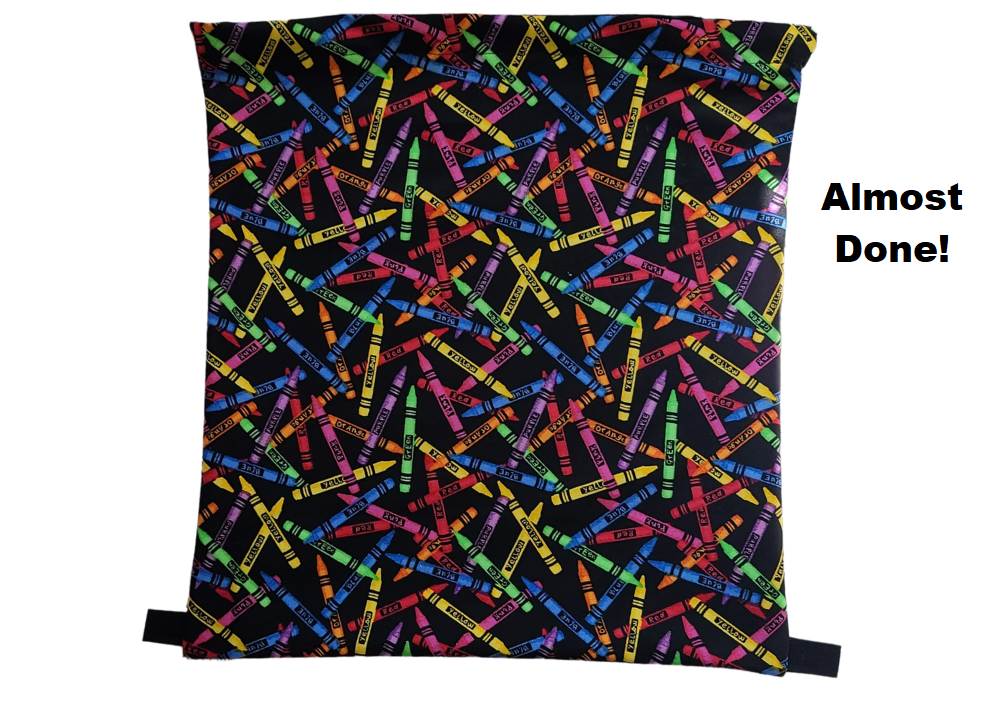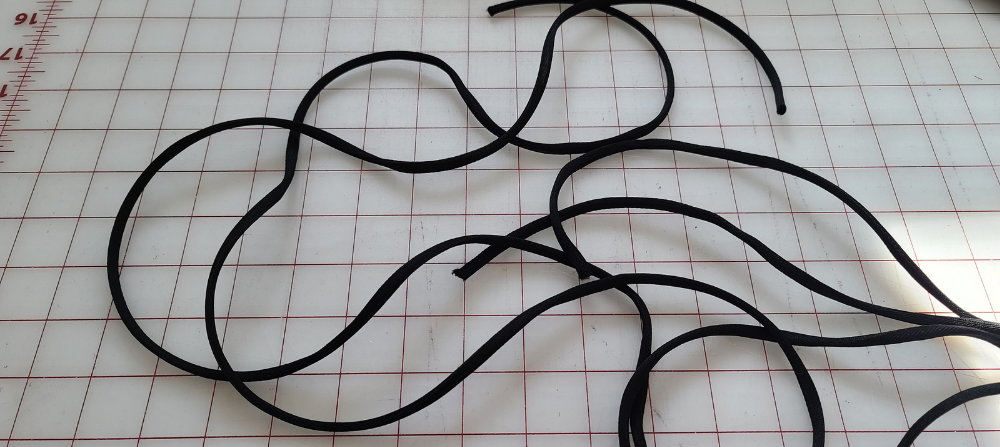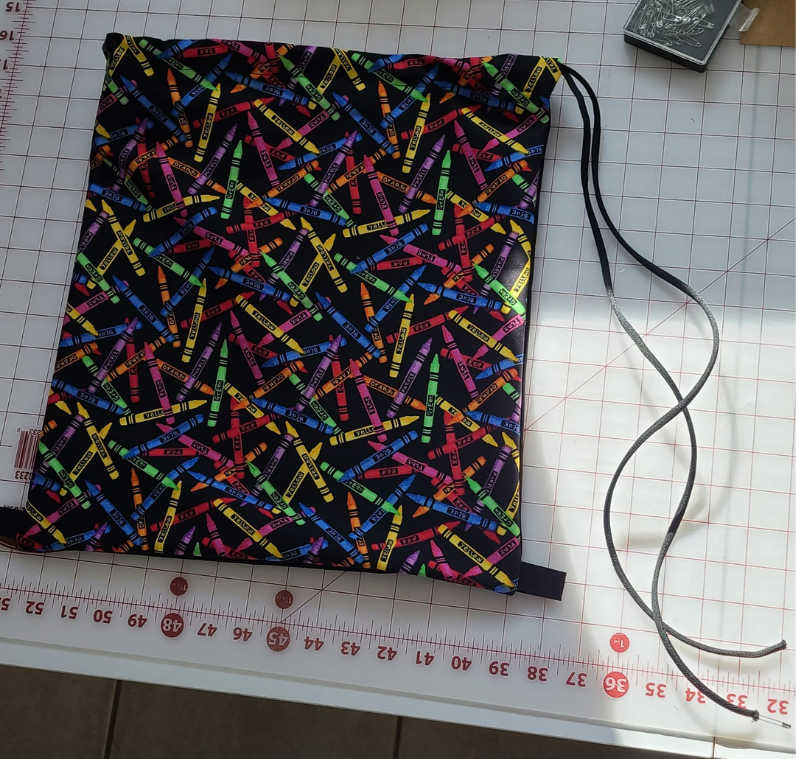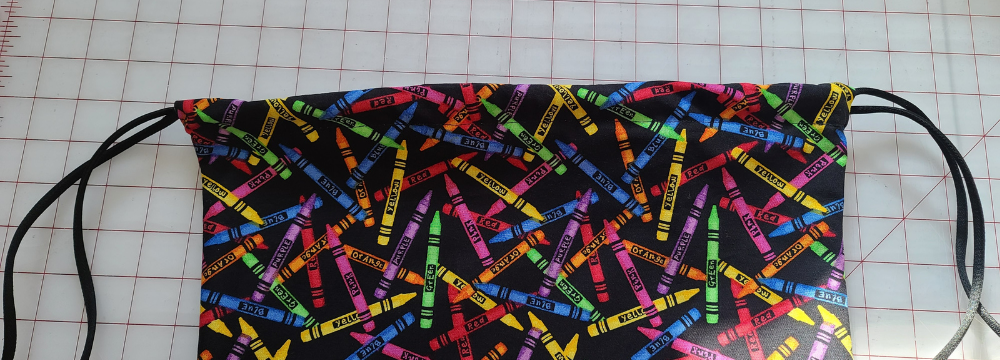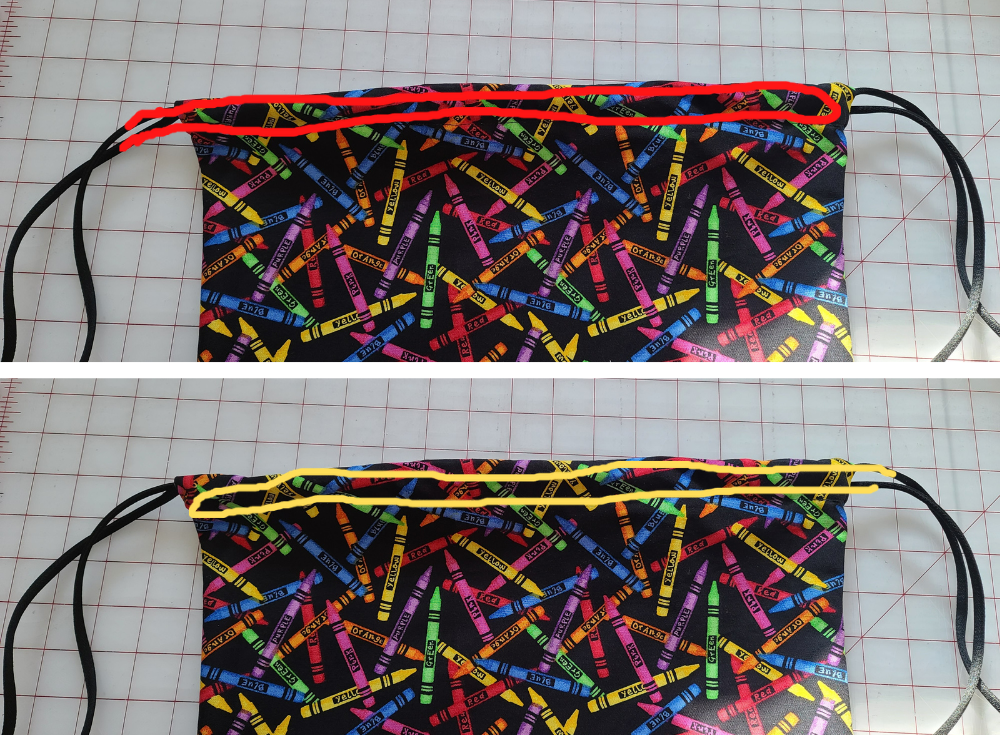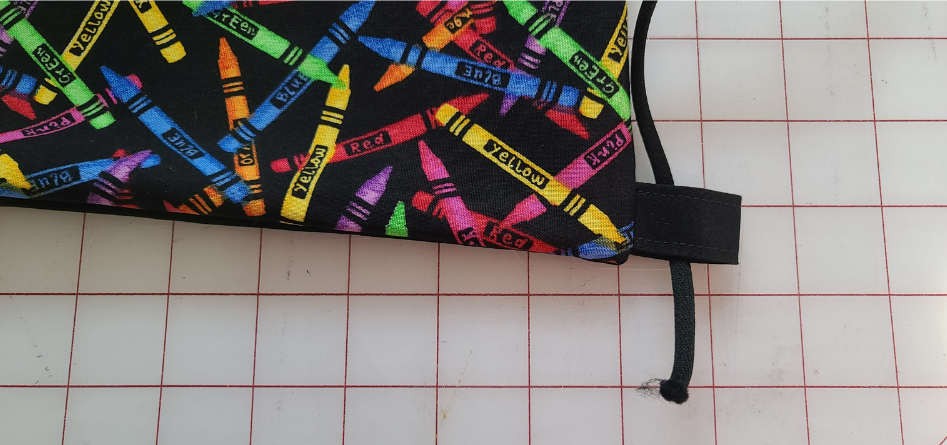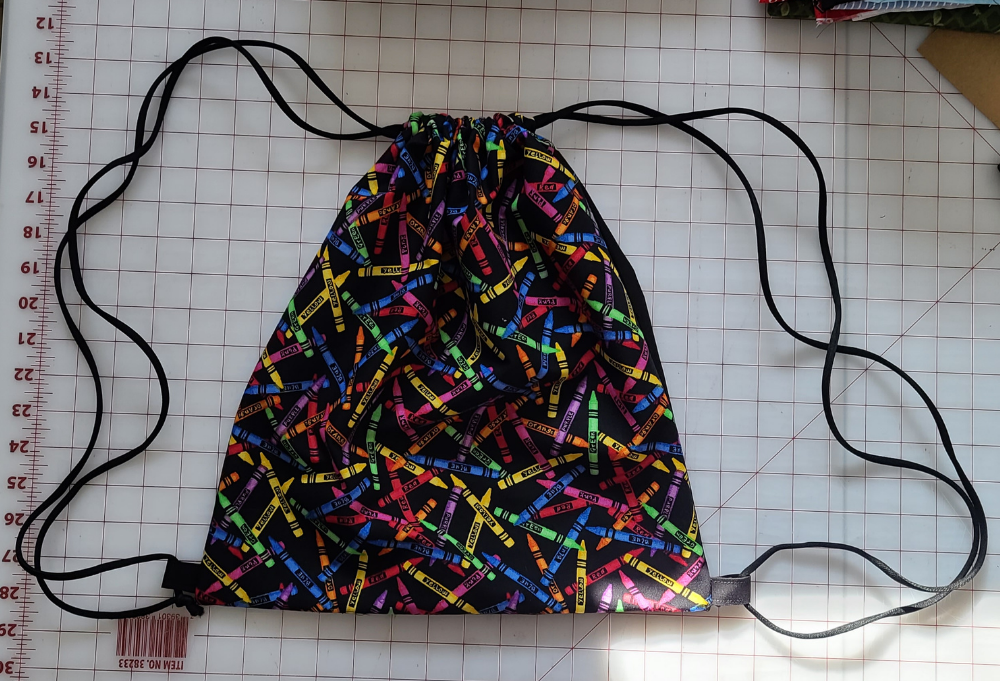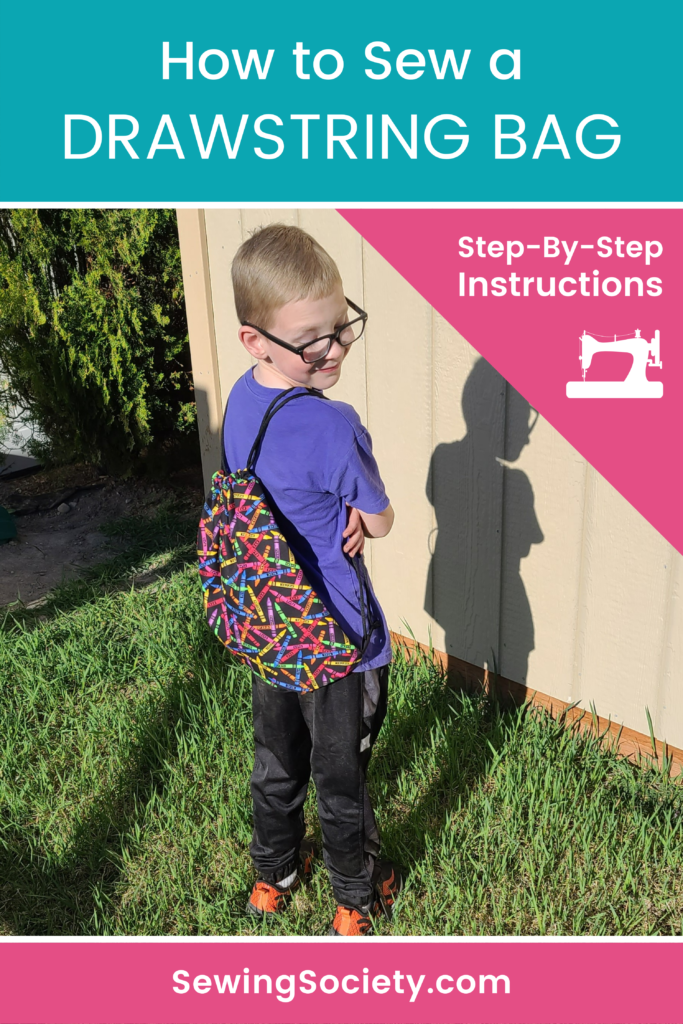Disclosure: This post may contain affiliate links. I earn a small commission when you click a link and make a purchase. Thanks for supporting SewingSociety.com!
Do you want to learn how to make a drawstring bag or backpack? I just finished sewing one for my son, and it was super easy. I took pictures to create a sewing tutorial for you!
Drawstring bags are a good sewing project for beginners because they only require straight stitching. Plus, you learn how to create a drawstring casing and French seams. This post includes a FREE drawstring bag pattern with picture instructions.
This simple drawstring backpack is the second project in my FREE Learn to Sew Class. If you are a beginner and want to learn new sewing skills, head over and sign up! My online sewing class walks you through a series of sewing projects to build your skills so that by the end you can confidently tackle any sewing pattern you desire.
Materials Needed
I love making drawstring bags because they don’t require much fabric and you can sew them in under one hour. Drawstring bags and backpacks are also cute and useful!
Here’s a list of everything you’ll need to make a drawstring bag:
- 2 Fat Quarters of Fabric: Cotton is recommended, but any woven fabric will work.
- Coordinating Thread
- 4 Yards of Cording
- Basic Sewing Tools: Sewing machine, scissors, pins, and safety pins
Drawstring backpacks are a great fat-quarter project because you only need two pieces of fabric that are 16”x18” and some small scraps for the drawstring loops at the bottom. I like to choose two coordinating fabrics — one for the front and one for the back. This drawstring bag pattern is reversible, so you could have a lot of fun choosing two different fabrics!
My favorite place to buy cotton fabric online is Fat Quarter Shop!
I used some soft welt cord that I got on Amazon. It is ¼ inch thick, but this drawstring bag pattern can easily accommodate wider cording or ribbon, if you desire. I suggest that you avoid using basic yarn because it doesn’t have enough structure to support your bag and it gets easily tangled and knotted.
Drawstring Bag Tutorial
Step 1: Cut Out Your Fabric
You need two pieces of fabric that are 16”X18” for the main body of your bag. One will be the front of your drawstring bag and the other will be the back. If you’re using a fabric with a directional print, keep in mind that the top of your bag is the 16-inch side.
You also need to cut out two scraps of fabric that are 3”x3”. These will become the little loops at the bottom of your bag for your cording.
Step 2: Create the Bottom Loop Tabs
Take both of your small 3”x3” pieces of fabric to your ironing board. Fold them in half and press to create a crease down the middle. Then, open them up and fold in each side to meet your crease line. To finish, fold your fabric in half again along your original crease line and press.
This is the same pressing method you use to create bias tape. It is also a sewing skill I teach in the first lesson of my FREE Learn to Sew Class…
Once your bottom loop tabs are pressed, stitch down both of the long sides on each piece. Your stitch line should be approximately 1/8 inch from both edges.
Step 3: Prepare Your Fabric for Sewing
Take your two pieces of fabric that are 16”x18” and place them wrong sides together. This might seem counterintuitive, but you will be turning your fabric right sides together in the next step to create French seams…
Then, place a pin 3 inches down from the top of your bag on each side to mark the position where you will start and stop stitching.
You also need to fold your loop tabs in half and pin them 1 inch up from the bottom of each side. They should protrude off the side of your bag about 1 inch. If you have trouble pinning them on, you can attach them with your sewing machine now (basting) before the next step. If you do this, use a ½ inch seam allowance.
Step 4: Sew Around Your Bag and Trim the Seams
Using a ½-inch seam allowance, sew around the sides and bottom of your bag, starting at one pin and finishing at the other. Be sure to backstitch at the beginning and end!
Then, use a pair of fabric scissors to trim your seams down to 1/8 of an inch. Do not cut through your stitches. Also clip the corners so that your bag will lay flat when it is turned inside out.
Step 5: Sew the French Seams
Turn your bag inside out and sew along the same three sides, starting and stopping at the pin to create your French seams. Make sure that you sew far enough in to encapsulate your previous seams. I recommend using a ½-inch seam allowance, but you can get away with doing smaller…
I love the clean look of French seams. They prevent fabric fraying and eliminate the need for a lining.
Step 6: Press the Casing at the Top
Take your bag and head back over to your ironing board. Turn down the top edge of your fabric about 3/8 of an inch and press. Make sure you are pressing to the back of your fabric. Then, fold the top down again so that the ironed edge matches up to where your stitches start on the sides, and press again. Do this to both the front and back of your bag. I like to also pin the fabric down so that it does not shift while I stitch, but make sure that you do not pin the front of the bag to the back.
At the side openings, where your cording will come out, turn the edges in so that no raw edge will be seen, and pin it in place.
Step 7: Stitch Along the Casing
Sew near the edge of the flaps to create your casings. There should now be a casing at the top of your front piece and the top of your back piece. If necessary, you can overlap the inside pieces a little where the front and back pieces meet.
The main body of your drawstring bag is now complete!
Step 8: Prepare and Thread Your Cording
Cut two pieces of cord that are each 2 yards long (72 inches each). If you’re making a drawstring backpack for a smaller child, you can take off a few inches. The drawstring backpack in this tutorial was made for a child. It has two pieces of cord that are 64 inches each. I wouldn’t go any shorter than that…
Attach a safety pin to one end of a piece of cording. This will help you easily thread your cording through the casing at the top of your bag.
Thread your first piece of cording by starting on the right side of the front of your bag. Thread it through until it comes out the opening on the left. Then, feed it directly through the opening on the left side of the back of your bag. It will come out on the right side.
You are going to repeat this process with your other piece of cording, only you will start by feeding your cord on the left side of the front of your bag this time.
Here’s a diagram to show you how the cords will look:
When you’re done, remove the safety pins from the end of your cords.
Lastly, you need to attach your drawstrings to the bottom of your backpack. You should have two drawstrings coming out on each side of your bag. Feed one of the ends through the loop on the bottom of your bag and then tie it to the other cord on the same side. Repeat this process for the other side of your bag.
You’re done! I hope you love your new drawstring bag.
Share this post with anyone who you think would like to learn how to sew a drawstring bag. And, make sure to also sign up for my FREE Learn to Sew Class.
Share this post on Pinterest!


